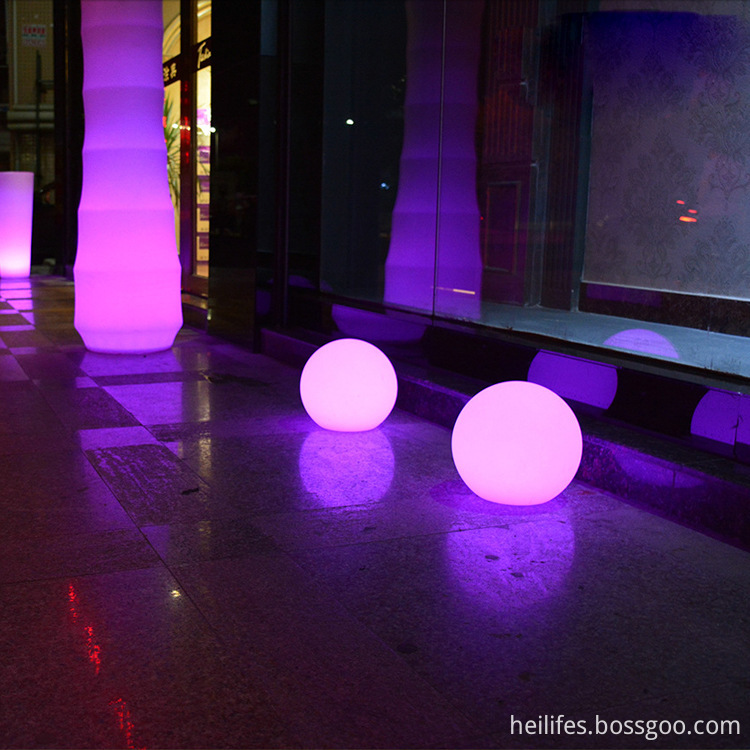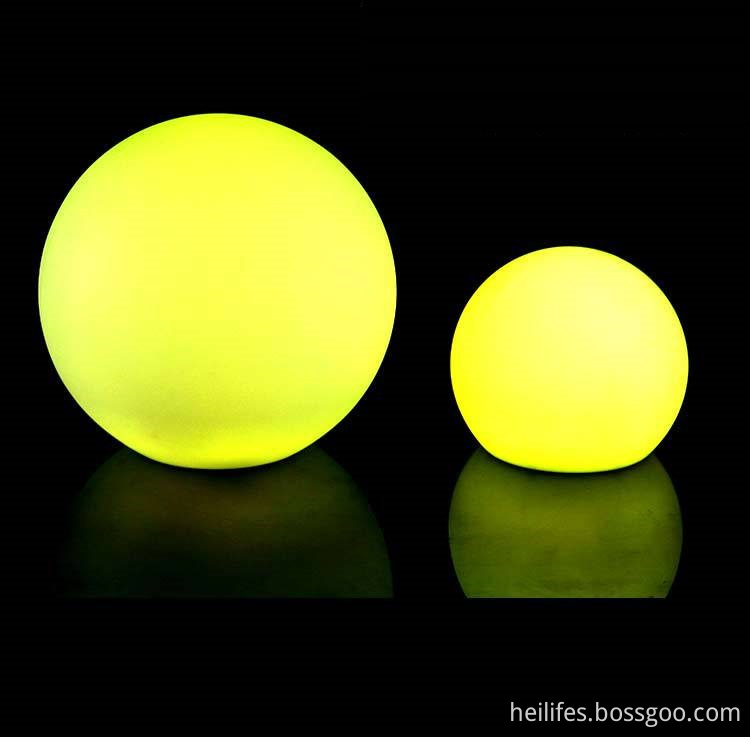
Select different parameters to measure "custom-made" lamps and lanterns
Today, all aspects of society have been involved in the application of LED lamps, from the market office, small to audio-visual entertainment, whether from the brand concept to the product itself has attracted the pursuit of all sectors of society. However, due to the variety of lamps, the quality is relatively mixed. Thus, according to the different parameters of lamps and lanterns to choose a suitable model for their own use has become a topic of great concern.
LED lighting products commonly used parameters, such as: brightness, wavelength, color temperature and so on, as a standard for the identification of good and bad uses. The following sea particle technology for the majority of buyers to explain the common parameters of LED lighting products. Tell you how to choose LED lighting products.
1. Brightness
The brightness of the LED lamp includes:
Luminance L: luminous flux of a luminous body in a unit stereoscopic angle unit area in a particular direction.
Luminous flux φ: the sum of the amount of light emitted by a luminous body per second. Unit: lumen Lmn, which represents how much luminous the luminous body is, the more lumens the more luminous the greater the number of lumens.
The greater the lumen, the greater the luminous flux and the higher the brightness of the lamp.
2. Wavelength
Wavelength consistent LED, color consistent. No LED spectrometer manufacturers are difficult to produce pure color products.
3. Color temperature
Color temperature is the unit of measurement indicating the color of light, expressed by K value. Yellow light is "less than 3300k" and white light is "5300k or more". There is also a medium color "3300k-5300k". Customers can choose the appropriate color temperature light source according to their personal preference, application environment and lighting effect and atmosphere.
4, Leakage current
LED is a unidirectional conductive luminescent, if there is a reverse current, it is called leakage, the leakage current is large, the lifetime is short.
5. Antistatic ability
LEDs with high antistatic ability, long life and high price. Usually, LED with antistatic capacity greater than 700V can be used in LED lighting.
6. Life
The key to different quality is the life span, which is determined by light decay.

7. Design
Each product will have different designs and different designs for different purposes. The reliability design of LED lighting includes: electrical safety, fire safety, applicable environmental safety, mechanical safety, health and safety, safe use time and other factors.
8. Energy identification
Energy identification is the information that provides consumers with energy consumption and benefits, and it is convenient for consumers to buy high efficiency products.
EU energy symbol
The European Union divides the energy efficiency of the product into 7 levels, with the highest energy efficiency of the grade a product and the lowest in the G level.
China energy efficiency sign
China's energy efficiency marks are blue and white background color signs, which are divided into 5 grades, and the meaning of each grade is:
Grade 1: the product reaches the international advanced level, the most energy saving, that is, the energy consumption is the lowest.
Grade 2: more electricity saving;
Grade 3: the energy efficiency of the product is the average level of our market.
Grade 4: the energy efficiency of the product is lower than the average level of the market.
Grade 5: market access standards (products below that level are not allowed to be produced and sold).